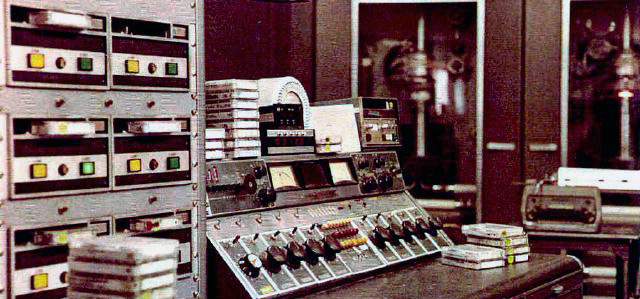KRLA and the Beat history
KRLA personalities
KRLA specialties
About KRLA

Frankly it's a multi-chapter story. From its unassuming beginnings in 1942 at 1110 on the dial, when it was then known as KPAS, to its rebranding in 1946 as KXLA, remaking itself as a variety station with a soupçon of Western Swing to Dr.-Demento-esque nonsense under the direction iof Jim Hawthorne, man-about-town interviews by Art Laboe, country-western music with Cliffie Stone and Merle Travis, to the fifty-thousand watt KRLA which brought the Beatles to the Hollywood Bowl and became a "powerhouse of rock and revolution" under the helm of station manager John Barrett...simply put, it's one of the most remarkable stories that ever put its stamp on the airwaves.
To be honest, the KRLA Beat is only one part of the story. That's mainly what this website attempts to showcase, but there's a lot more to its history. And we can't tell the story of the KRLA Beat without delving into the rest of the tale.
If you're interested in other renditions of KRLA's history, there are two online resources that are highly recommended. One is Don Beem's 1980 masters thesis. Don was a KRLA engineer with a passion for its early history and its multi-year tussle with the FCC. For those who care to dig for the details, feel free to read it here online.
Another remarkable work is Bill Earl's personal experience as a listener and fan of the station, chock-full of pithy observations and interviews with KRLA personalities. Dream House is well worth a read.
As for our perusal of the past, click the link below to start at the beginning.
Thanks to Ted Shireman for the photo of KRLA's engineering board above.